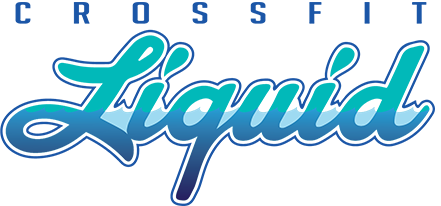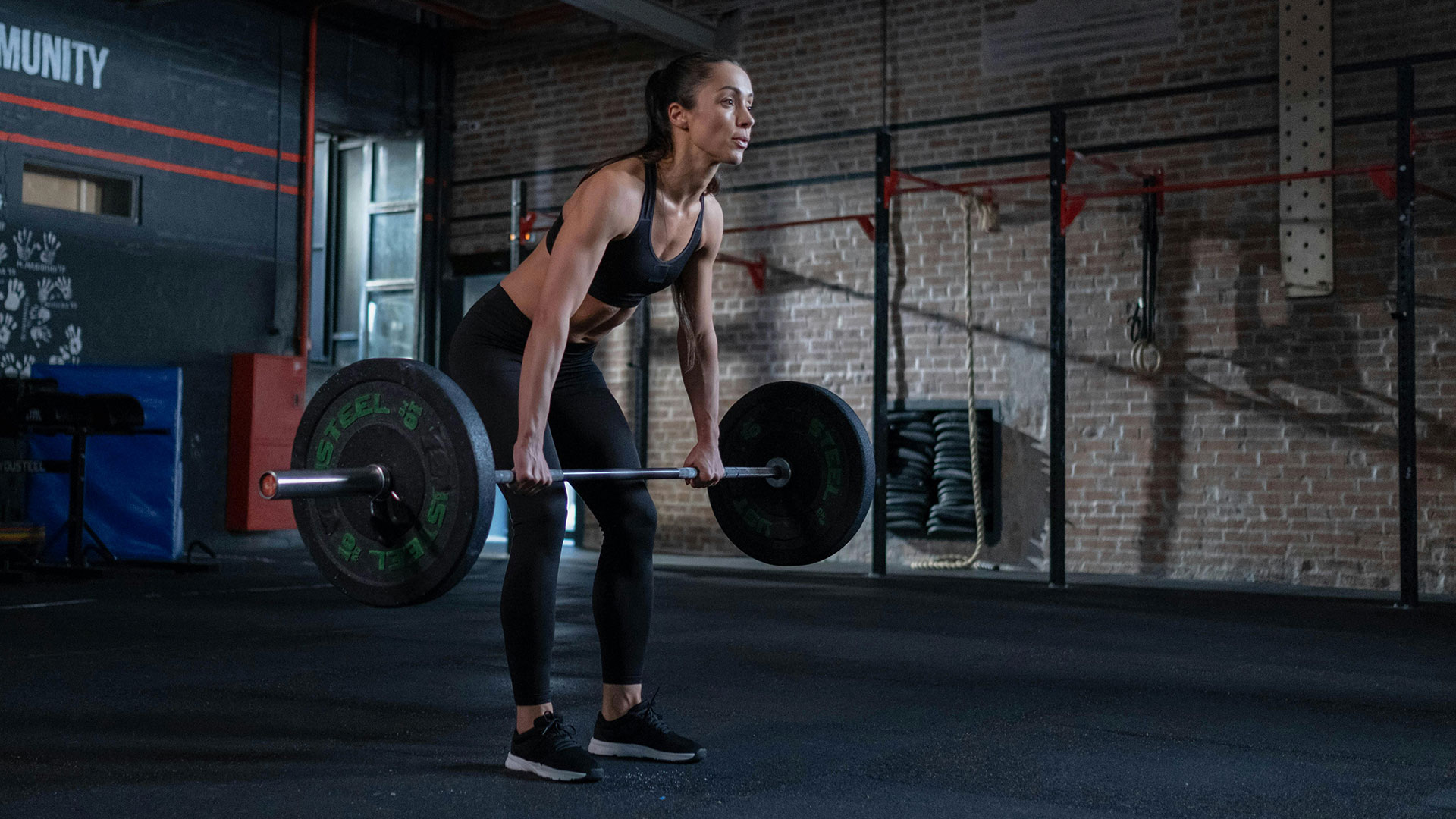One of CrossFit’s most empowering aspects is how it embraces and celebrates strength. For women, CrossFit can lead to incredible physical transformation—building muscle, improving endurance, and boosting confidence. However, behind these gains lies an intricate hormonal balance that significantly influences performance, recovery, and overall well-being.
Understanding how CrossFit can interact with your hormones can help you tailor your training to optimize health and performance. Let’s dive into the relationship between CrossFit and female hormones and how to use this knowledge to thrive in your fitness journey.
The Role of Female Hormones
Hormones are crucial in women’s health, influencing everything from metabolism and energy levels to muscle development and mood. The primary hormones in physical performance include estrogen, progesterone, testosterone, and cortisol. Let’s break down their roles:
- Estrogen: This hormone helps regulate the menstrual cycle, promotes bone density, and supports cardiovascular health. During the follicular phase (the first half of your cycle), estrogen levels rise, increasing strength, energy, and endurance.
- Progesterone: During the luteal phase (the second half of the menstrual cycle), progesterone levels rise, leading to slower recovery, higher perceived exertion, and fatigue.
- Testosterone: Though often associated with men, women also produce testosterone, and it plays a key role in muscle building, strength, and recovery. Higher levels of testosterone can enhance performance and muscle growth.
- Cortisol: Known as the stress hormone, cortisol rises during intense exercise, including CrossFit. While this helps mobilize energy, chronic high cortisol levels from overtraining can lead to fatigue, poor recovery, and even hormone imbalances.
CrossFit and the Menstrual Cycle
CrossFit is known for its intensity, but adjusting your workouts to your menstrual cycle is essential to maximize results and avoid burnout.
- Follicular Phase (Day 1-14): With estrogen rising, women often experience a natural increase in energy, strength, and endurance. This is a great time to push your limits, lift heavier weights, and engage in more high-intensity workouts like CrossFit’s signature WODs (workouts of the day). You may also recover faster and feel more motivated during this phase.
- Ovulation (Day 12-16): Around ovulation, strength, and power reach their peak due to a combination of high estrogen and a temporary surge in testosterone. This is an excellent time to focus on heavy lifting and hitting personal bests in movements like squats, deadlifts, or the clean & jerk.
- Luteal Phase (Day 15-28): As progesterone rises, energy levels may dip, and you might feel more fatigued. High-intensity CrossFit sessions can feel more challenging. It’s important to listen to your body and allow more time for recovery. Focus on lighter weights, technique, and active recovery to avoid overtraining during this phase.
- Menstrual Phase (Day 1-5): During menstruation, some women experience fatigue, cramps, or lower energy. For others, it’s business as usual. Whether you take a break, scale back, or continue with regular training, listening to your body and prioritizing what feels right is essential.
Avoiding Hormonal Imbalances from Overtraining
One risk of intense training like CrossFit is overtraining, which can disrupt the delicate balance of hormones. Symptoms of overtraining include irregular or missed periods, excessive fatigue, mood swings, and trouble sleeping.
To prevent hormonal imbalances, consider the following:
- Prioritize Recovery: Incorporate rest days, active recovery, and mobility work into your routine. Adequate sleep, hydration, and nutrition are essential to support your hormonal health and overall performance.
- Fuel Your Body: CrossFit demands a lot of energy, so ensure you eat enough to support your training. A diet rich in healthy fats, lean proteins, and complex carbohydrates can help maintain hormone balance and optimize performance.
- Manage Stress: Cortisol, the stress hormone, can be elevated through intense exercise and life stressors. Incorporating relaxation techniques like yoga, deep breathing, or mindfulness can help manage cortisol levels and promote hormonal balance.
Benefits of CrossFit on Hormonal Health
While it’s essential to be mindful of how CrossFit impacts your hormones, its positive effects on hormonal health are also worth noting.
- Improved Insulin Sensitivity: CrossFit workouts can improve insulin sensitivity, helping regulate blood sugar levels. This is particularly beneficial for women at risk of or managing conditions like PCOS (polycystic ovary syndrome) and type 2 diabetes.
- Enhanced Mood and Mental Health: Regular exercise, including CrossFit, can boost endorphins, serotonin, and dopamine, improving mood and helping alleviate symptoms of anxiety and depression. Additionally, by reducing cortisol over time, CrossFit can help manage stress.
- Support for Bone Health: CrossFit’s strength training aspect helps maintain and improve bone density, which is particularly important for women as they age and estrogen levels decline during menopause.
Conclusion: Embrace Your Hormonal Rhythm
CrossFit and female hormones can work in harmony if you listen to your body and adjust your training to your hormonal cycle. Understanding your body’s natural fluctuations can help you optimize performance, avoid burnout, and support your overall health.
By embracing the ebb and flow of your hormonal cycle, you can tailor your CrossFit training to get stronger, feel more energized, and maintain physical and mental balance. Whether you’re pushing through a tough WOD or taking a step back for recovery, the key is to be kind to yourself and honor what your body needs each step.



